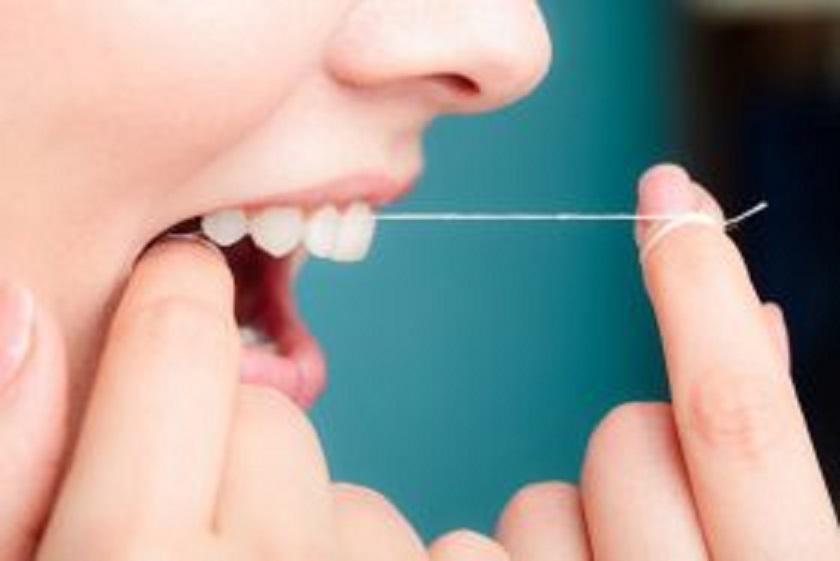
Do I really need to floss? Is a question our dentists and dental hygienists get asked often. Many patients wonder or hope that brushing alone will be enough to keep their mouth, gums, and teeth healthy; however, it really isn’t enough. The hard truth is that yes, you do really need to floss daily. Flossing is one of the best things you can do for your oral health and is more important than brushing in terms of preventing periodontal disease. Unfortunately, even though this is one of the best tools we have to keep our teeth and gums health, only 2-5% of people floss regularly.
Wasn’t Flossing Debunked?
Long story short, No, flossing wasn’t debunked. Back in 2016 a story came out stating that flossing was found to not be effective. This story was picked up and sensationalized with click-bait headlines. The truth is that this review of past studies was misleading. Dentists point to the fact that long-term, large-scale, controlled studies of flossing are limited and typically rely on self-reporting, which is often incorrect. For example, I’m sure you embellish how much you floss when your dentists asks! Dentists also point to small clinical studies that have found flossing in addition to brushing reduced gingivitis (mild gum disease) significantly better than tooth brushing alone. Which makes sense, because if you do not floss you miss cleaning 35% of your tooth surfaces.
The American Dental Association and Dentists still recommend you floss daily to clean between teeth and remove plaque that can lead to cavities or gum disease. So despite what that faulty report concluded, flossing daily is still very important.
The Importance Of Flossing:
Flossing reaches areas that your toothbrush can not, like between teeth and under the gum line. Together these areas make up 35% of your tooth surface. These areas are also magnets for food particles, bacteria, and plaque. When left to fester, plaque will turn into tartar which cannot be removed with regular brushing or flossing. Tartar then goes on to irritate your gums causing inflammation and gum disease that leads to bone, tooth, and gum loss.
Flossing also keeps cavities from forming between your teeth. The same plaque and bacteria that can cause gum disease can also destroy the enamel between your teeth forming cavities.
The Correct Way To Use Dental Floss
The key to maintaining your daily flossing routine is to floss comfortably and correctly.
Refer to the steps outlined below:
- Opening your dental floss container, remove and roughly measure a strand of dental floss at 18 inches. This is about a foot and a half. Holding the floss between your thumb and index fingers at each end, wrap it securely around your index fingers to hold it firmly in place.
- Without too much force, insert the floss gently between your teeth. Some new users find it is most comfortable to start with the lower teeth and others feel more comfortable starting at the upper teeth. Adjust your routine to the method that is most comfortable for you.
- Looping the floss around the surface of each tooth, move it gently between teeth using an up and down motion. Repeat this process on upper and lower teeth until all surfaces have been covered, using a new piece of floss for each row.
Extra Tips:
- If you experience sore or bleeding gums, discontinue flossing and schedule a consultation with Dental Town DC. Our professionals can advise you on your routine.
- Never reuse floss. Discard immediately when finished.
- For an extra clean feeling, try using an interdental brush to reach the tiny spaces between teeth your regular toothbrush won’t.
If you’re slacking on flossing, get in for a cleaning and check-up with your dentist to see if any cavities have formed or if there are signs of the early stages of gum disease. Then make sure to brush your teeth twice a day and floss daily!

